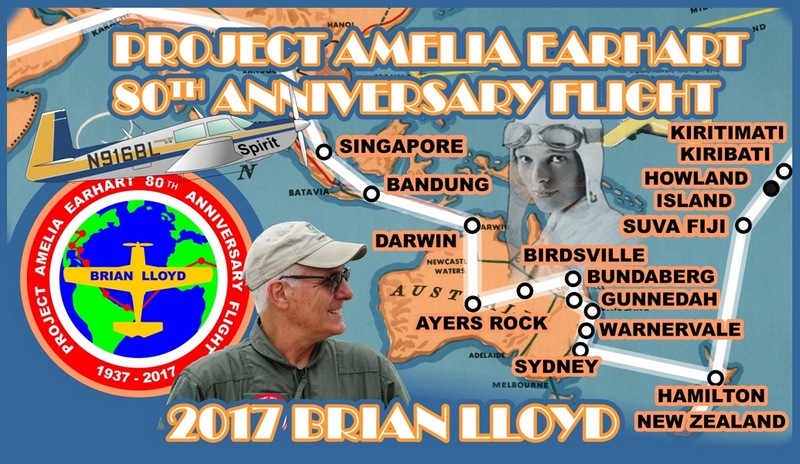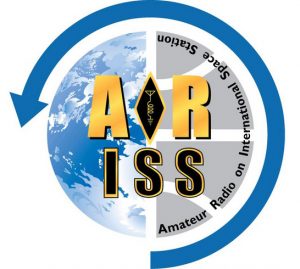 From the WIA, original post here.
From the WIA, original post here.
Date : 21 / 07 / 2017
Author : Jim Linton – VK3PC
The Project Amelia Earhart flight had a troublesome fuel pump causing its return to Hamilton New Zealand. Brian Lloyd WB6RQN had spent a week in New Zealand to rest and have the aircraft’s HF ham radio and a magneto fixed.
On July 15 Brian WB6RQN took off from Hamilton in what he described as good weather and a tail wind gaining an altitude of 21,000 feet headed to Pago Pago in American Samoa. Then the plane’s engine surged and cut out. The pilot fiddled with the throttle and mixture controls and the engine returned to normal. After a landing on Great Barrier Island to check the problem he took off again headed back to New Zealand. The air traffic control gave the emergency flight a priority approach. As Brian WB6RQN put it, he was glad the problem happened so close to New Zealand.
Although everything is all right with the pilot and his aircraft, the schedule has been delayed. During this drama a new theory emerged about Amelia Earhart by the publishing of an old photo, which turned out to be taken before her famed disappearance. Brian WB6RQN, a 62-year old Texan, will drop a floral wreath in respect on Howland Island where the Earhart flight disappeared in 1937.

 From the
From the  From the
From the 